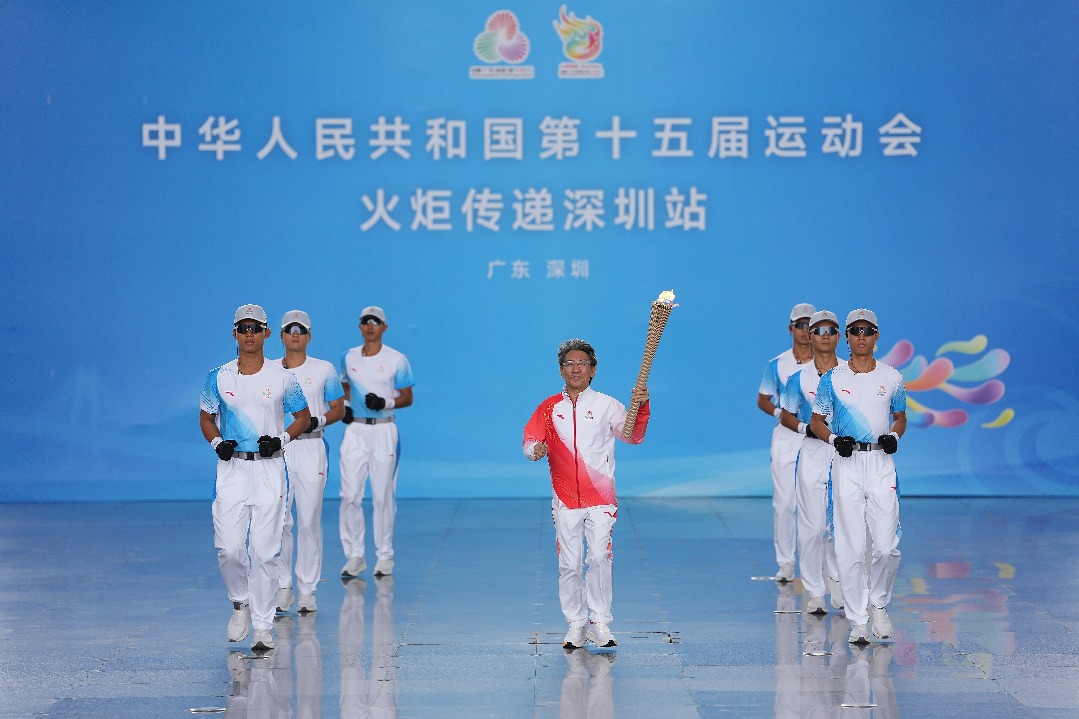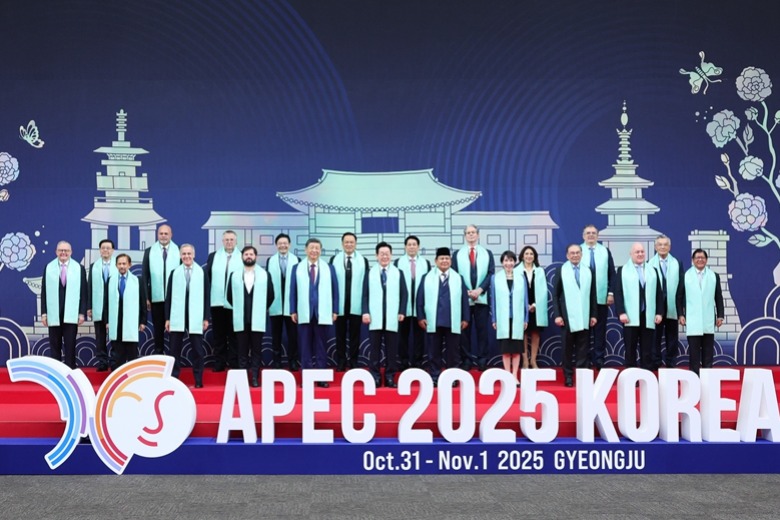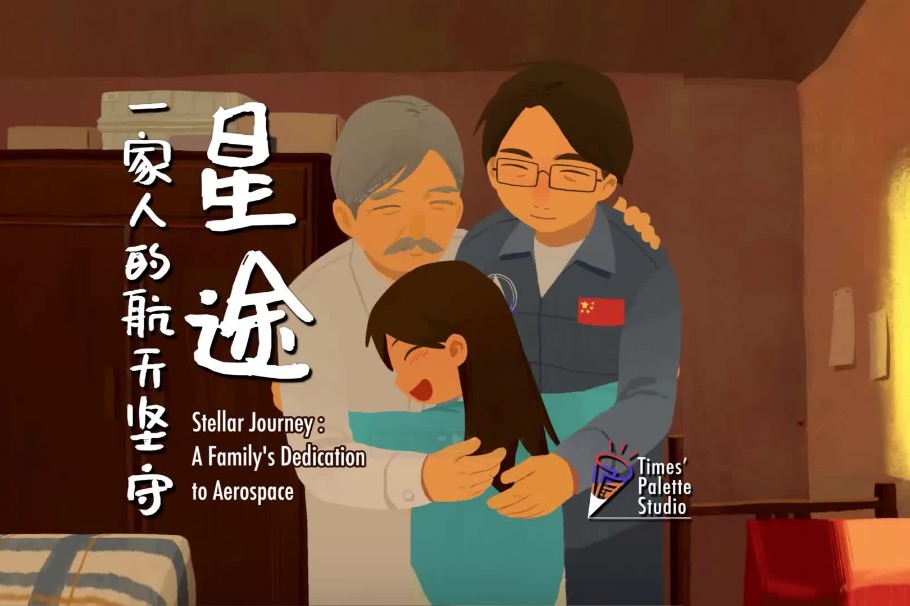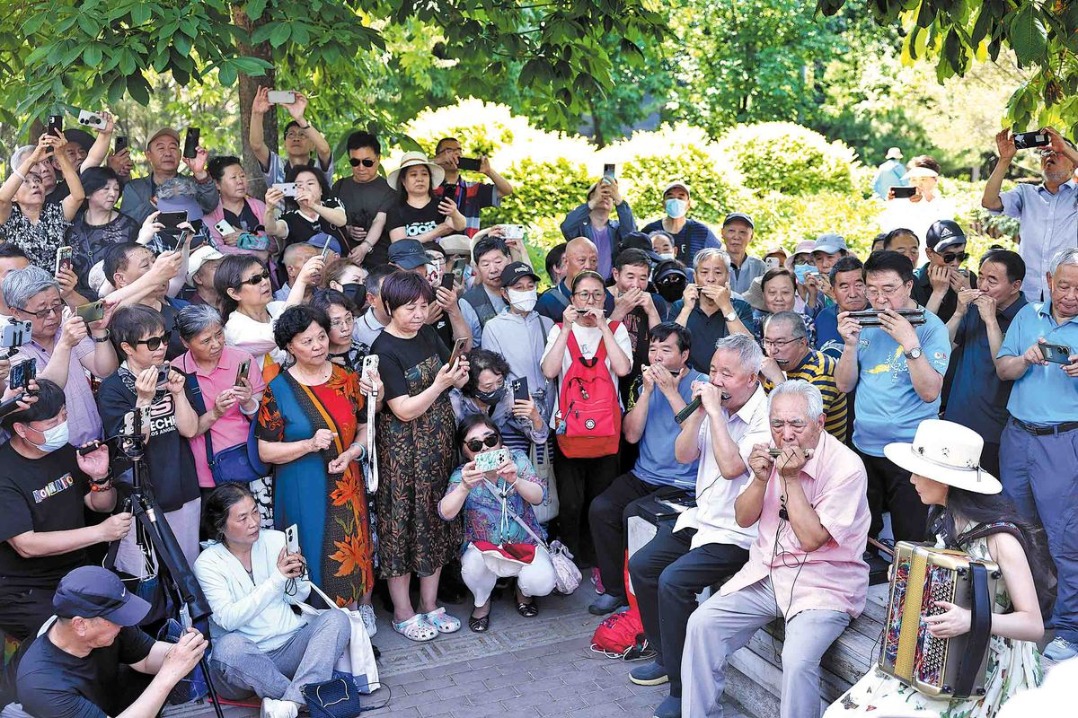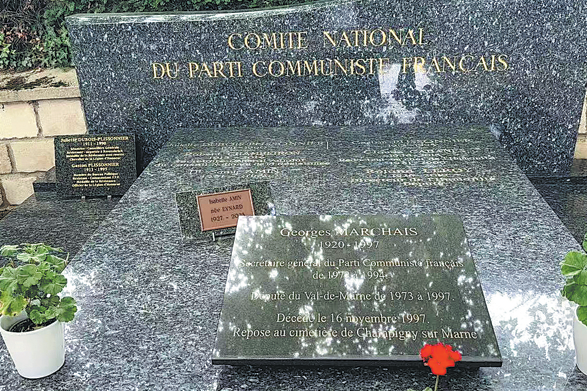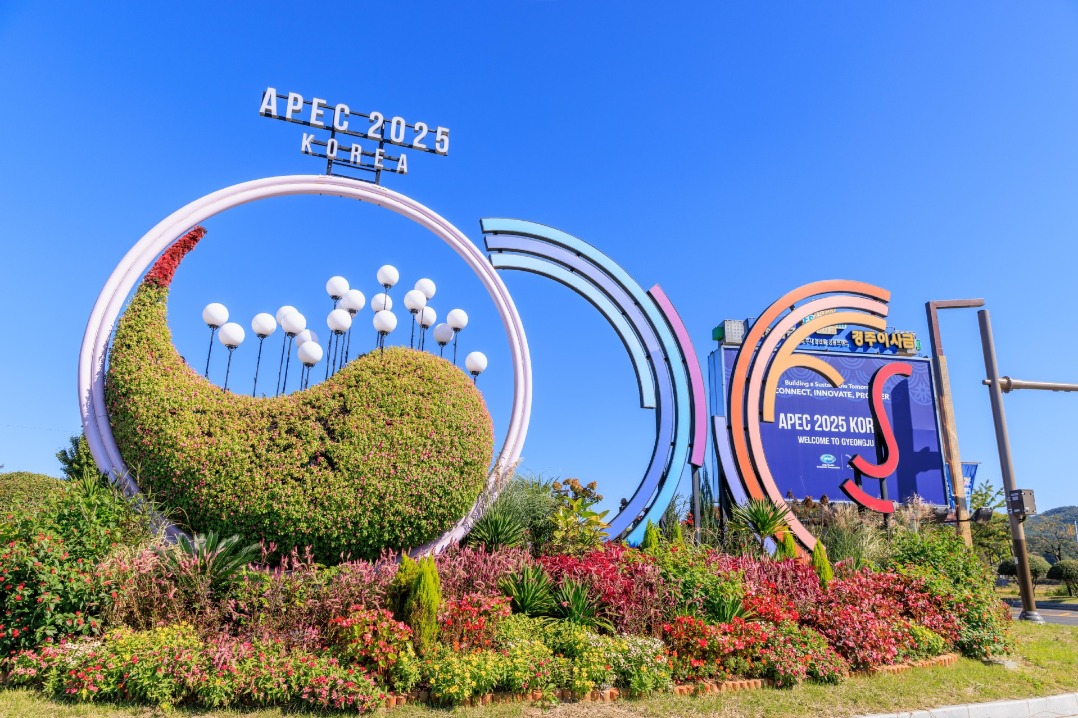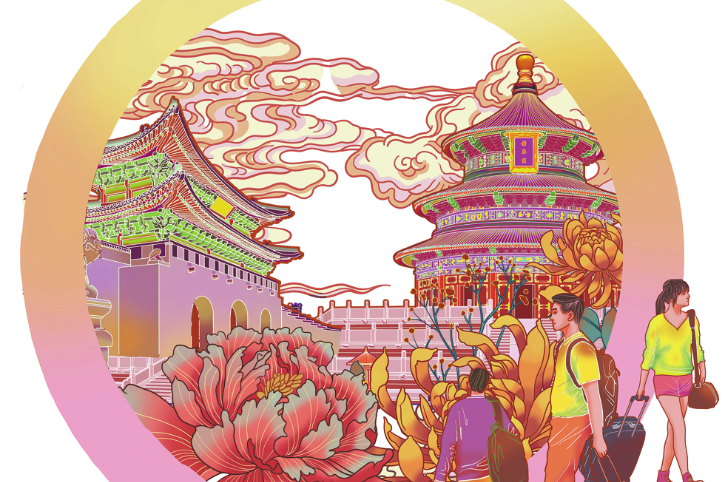Confucius and the development of Qufu as a major centre for cultural tourism

Tourism has certainly benefitted the area as evidenced by the quality of service available locally. Normally, for example, a hotel of leading international standards such as the Shangri-La would not be found in a city of such small size. Similarly with fashion shops, restaurants and cafes occupying the low-rise buildings along Gulou Nanjie within the heart of the formerly walled city. Many people from Qufu and beyond have found employment within the tourism sector. Working in the hotels; tour guiding; creating artistic craft goods on sale along Queli Jie, drivers for a range of visitor transportation, many employment opportunities are created with increased visitor numbers. Indeed when I enquired, there are no manufacturing or small factories but people still work within agriculture for there is a market for fresh local produce again to cater for the visitors.
My final evening, I sat in the lobby lounge of the Shangri-la editing some of my photography. A resident singer, originating from Guangzhou, performed delightful, gentle songs reminding me of an excellent year living in that southern city over a quarter century previously. Listening, my mind drifted over the many experiences and travels across China over those years. Now, finally I had arrived in Qufu, definitely a ‘jewel in the crown’, to which I will certainly return for I was rapidly growing attracted to its charms. A city that over the centuries has retained its outstanding artistic and historic character. Maybe small, but every corner seemed to reveal such a wealth of fasciations that I am sure much more awaits me in Qufu, the hometown of Confucius.
















